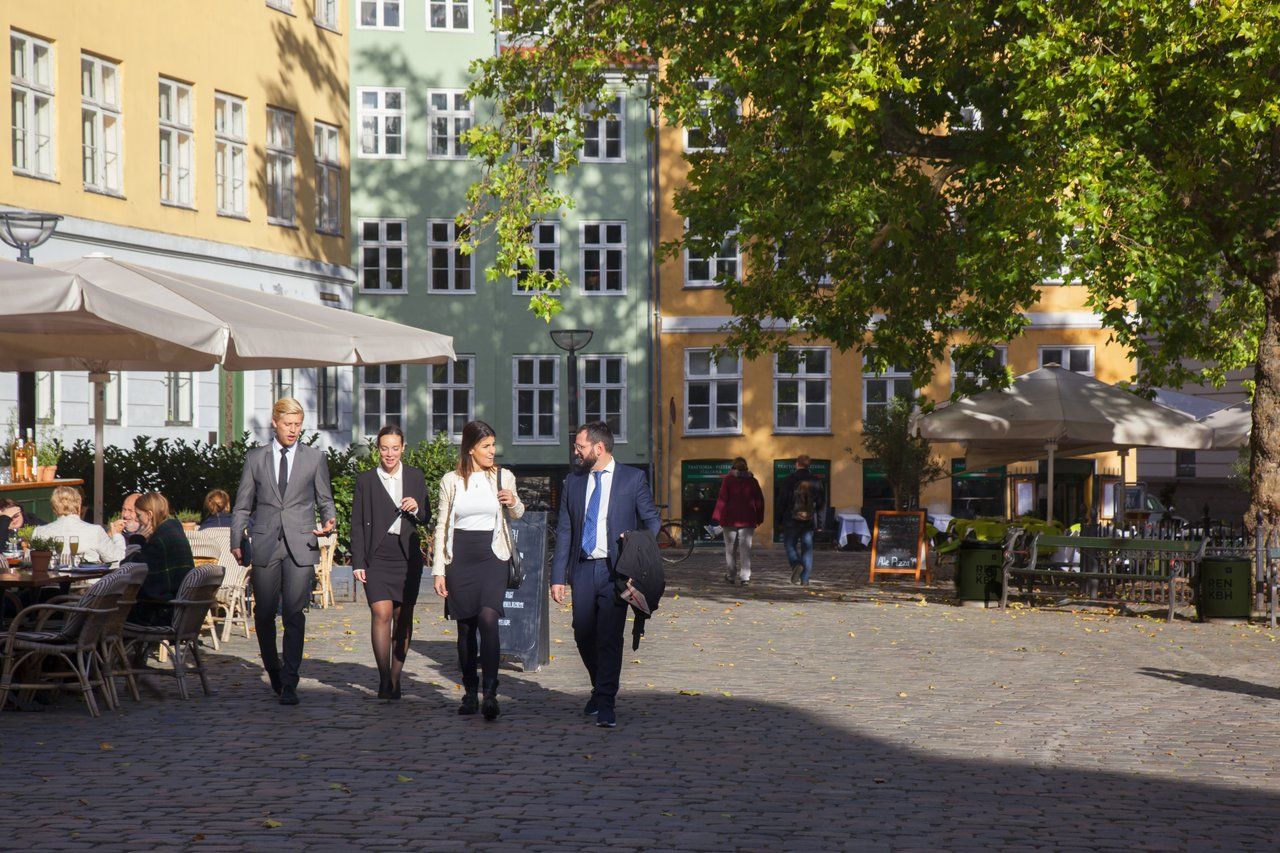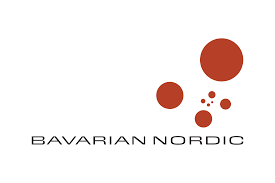For years electric cars were avoided in Denmark due to growth-strangling legislation and sky-high prices. In fact, neighbouring Norway has long been the electric car poster boy of the Nordics.
But a few years ago, the government finally comprehended that Denmark’s roads will need to become significantly greener if the country wants to achieve its ambitious CO2 emission goals.
The result is that the number of electric cars in the country has increased considerably recently … and 2022 was no exception.
According to Danmarks Statistik, the electric car fleet in Denmark shot up from 66,600 in 2021 to 112,700 in 2022 – an increase of about 70 percent.
READ ALSO: Hundreds of electric car charging points popping up nationwide
Almost 8 percent overall
Meanwhile, the number of plugin hybrid cars also increased to almost 105,000 – a 35 percent rise compared to last year.
Electric and plugin hybrid cars accounted for 38 percent of new cars sold in 2022 and make up 7.7 percent of the 2.8 million cars in Denmark – up from 5.2 percent in 2021.
But does all this make Denmark a good place to own an electric car? Not really, according to a report from last summer.















